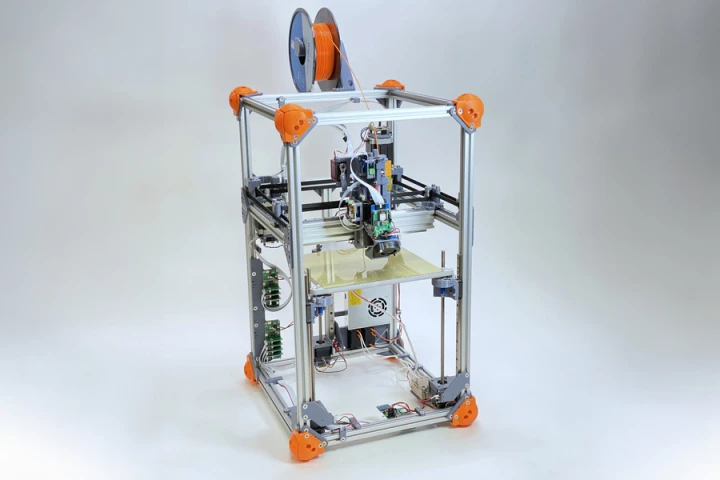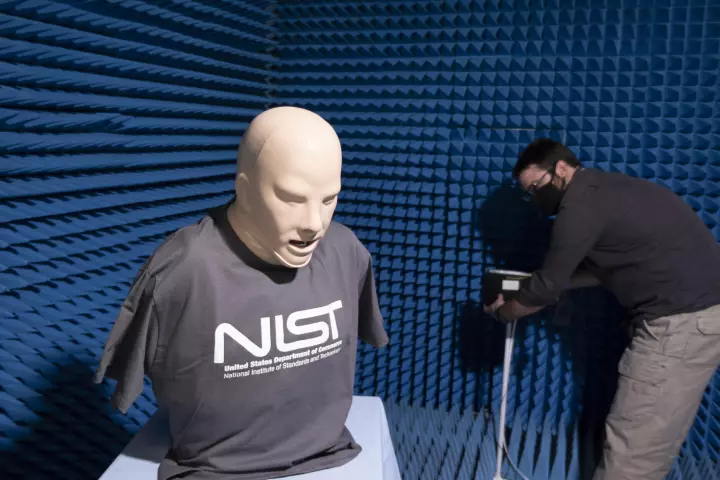NIST
-
If you're going to Mars you'd best take along a jar of anti-aging cream because while you're there you're going to age faster than on Earth thanks to the Theory of Relativity. It's only 477 millionths of a second per day, but that tends to add up.
-
If, like me, you can't go a day without making sure your watch is synced to the second, you'll be delighted to learn that a new atomic clock has broken the record with an accuracy of 5.5 x 10⁻¹⁹ – gaining or losing one second in 57.6 billion years.
-
Atomic clocks are our most accurate timekeepers, losing only seconds across billions of years. But nuclear clocks could steal their thunder, speeding up GPS and the internet. Now, scientists have built and tested the first prototype nuclear clock.
-
Scientists have developed the most accurate atomic clock – if you ran it for twice the current age of the universe, it would only be off by one second. This could not only improve services like GPS, but help scientists probe how gravity affects time.
-
Researchers have found a surprisingly simple way to build cryogenic coolers that reach near-absolute zero up to 3.5 times faster, or using about 71% less energy, than current gear. That's big news for anything requiring seriously low temperatures.
-
A recently developed system could revolutionize the world of 3D printing, by streamlining the adoption of new print media. Such materials could include ones made from all-renewable ingredients, or that are more recyclable than current options.
-
The magnetometer found inside your cellphone acts like a traditional compass to help you navigate your surroundings. Now, researchers are using it to map human biology, and it could ultimately make managing diabetes a lot cheaper and easier.
-
By modifying an off-the-shelf Wi-Fi router with a firmware update and using a deep-learning algorithm, scientists have been able to detect breathing patterns that indicate respiratory distress in a medical mannequin.
-
Ordinarily, the microcircuit patterns used in microchips are printed onto flat silicon wafers, potentially limiting their applications. A new technique lets such patterns be more easily applied to curved surfaces – and it uses "candy" to do the job.
-
Researchers at NIST have shown that a cloud of atoms can be used as a receiver to pick up video transmissions. The team demonstrated this “Atomic Television” by transmitting live video feed and even video games through the atoms to a monitor.
-
Researchers have developed a more precise design for "optical tweezers," using a metasurface lens studded with millions of tiny pillars which focus light to trap and manipulate individual atoms. It could pave the way for powerful quantum devices.
-
Inspired by the dual-focus visual system of a 500-million-year-old trilobite, researchers have created and tested a light field camera with the greatest depth of field ever demonstrated. Everything between 3 cm and 1.7 km from the lens stays sharp.
Load More











